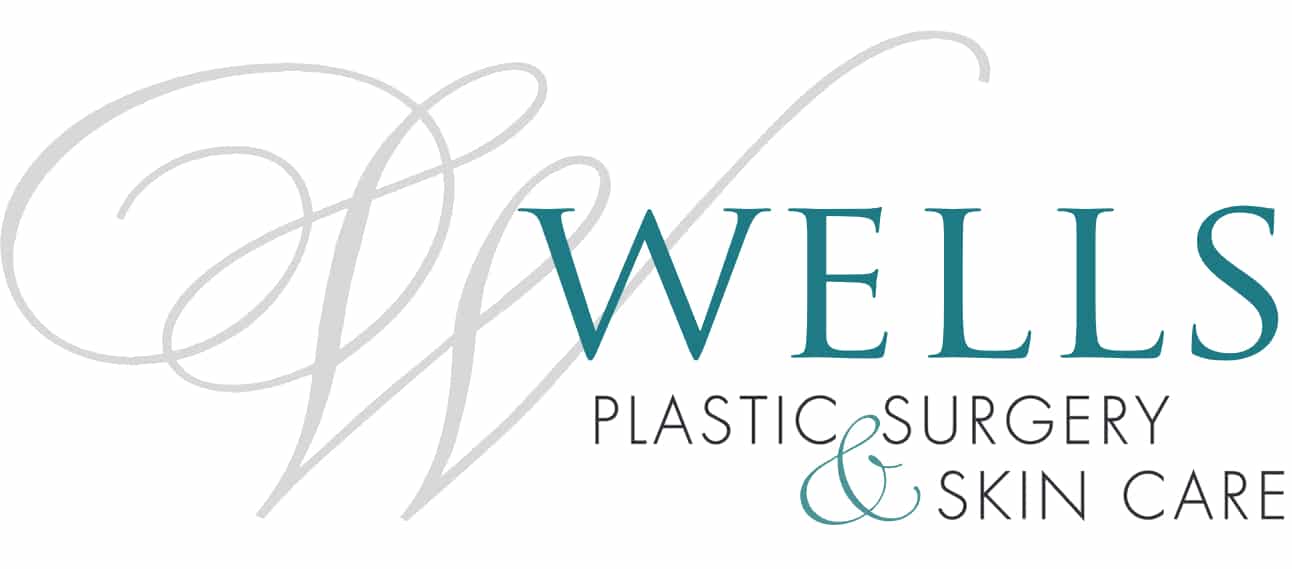1. Breast Lift vs. Breast Augmentation: How to tell which is needed?
For women seeking a breast augmentation, I usually recommend a breast lift when the nipple is at or below the fold at the bottom of the breast. If the nipple is above the fold, but there is significant tissue below the fold, I might recommend a lift to avoid using a very large implant.
2. How to choose the right breast implant size?
There are many formulas based on various parameters, but for me, the most important considerations are the patient’s expectations. Are her goals reasonable and safe? We then choose an implant based on her height, weight, chest size and existing breast size. Most of our patients choose implants that will give them a C-cup or slightly larger. We do have patients whose lifestyle would make a B-cup more appropriate. Others may feel a D-cup would best meet their goals. We try to give our patients options so they can choose what is appropriate for them.
3. Do breast implants lift slightly sagging breasts?
Implants make the breasts fuller and give the illusion of raising the nipple by adding volume below the nipple. Many patients appear to sag after losing volume even though the nipple is well positioned. These patients may look lifted after a having only a breast augmentation.
4. Can I have breast implants under local anesthesia?
Some surgeons will do breast augmentations under local anesthesia, frequently in office operating facilities. For maximum patient safety and comfort, I prefer to have the patient asleep and perform all of my breast augmentations in a hospital based outpatient surgery center.
5. Can I have breast implants if I’m planning on having kids in the future?
Many women have breast implants before having children. However, it is important to be aware that pregnancy and nursing can have a profound effect on the shape and size of the breast. If you are planning to have children in the near future, it would be best to wait until after to have breast augmentation
6. Can I breast feed if I have breast implants?
Most women can breast feed after breast implants. However, there is a possibility that they may not be able to do so.
7. What is the best shape of implants to achieve more natural looking results?
Most plastic surgeons usually use smooth round implants. For most women a moderate profile implant will give the best shape. High profile implants are best for patients who want large implants without making their breasts too wide, and low profile implants may be used for patients who desire only a small increase in volume. Anatomically shaped implants are all textured and do not move. They are very useful for breast reconstruction, but I rarely use them for breast augmentation.
8. Do silicone implants harden over time?
The implants themselves don’t harden, but the tissue around the implant can thicken and contract making them feel hard. This is known as capsular contracture and frequently can be treated without additional surgery.
9. Do breast implants need to be replaced overtime?
Implants can degrade over time and possibly leak. Saline implants simply deflate, and many women simply wait until that happens before replacing them. Silicone implants can leak and remain asymptomatic indefinitely. The FDA recommends periodic MRI exams for women with silicone implants. Unfortunately, the results may not be conclusive. A better option would be to replace them every 10-15 years. New implants will also provide the patient with a new warranty.
10. How long is the downtime for breast augmentation surgery?
Most women can return to work with some restrictions after a week. I ask my patients to avoid lifting over 25 pounds and avoid strenuous activity for 3 weeks.
11. Silicone vs. Saline: Which breast implant is safer?
I think they are both safe. The silicone gel implant is arguably the most widely studied medical device in the history of medicine. Silicone gel implants have a higher rate of patient satisfaction, because they have less rippling and feel more natural than saline implants. They appear to be more durable and need fewer revisions. This means less surgery, and less risk.
12. What are the risks of breast implant?
There are risks that are associated with any surgical procedure, such as bleeding, scarring, wound healing problems, infection, and complications from anesthesia. Risks unique to breast augmentation can be scarring that makes the implants hard, asymmetry, contour irregularity, poor positioning of implants, loss of sensation, inability to nurse, failure to achieve desired result and possible need for future revisions. This is not conclusive and patients may have unique concerns that should be addressed as well. For your safety and satisfaction it is important to find the right surgeon. Someone who will listen to you and help you achieve your goals.


